A permaculture garden will give you more harvests for less work
Increased garden yields with reduced effort? Sounds too good to be true right?
The goal of a permaculture garden is to create yields with less work using nature’s design as our inspiration.
Polyculture Garden Beds
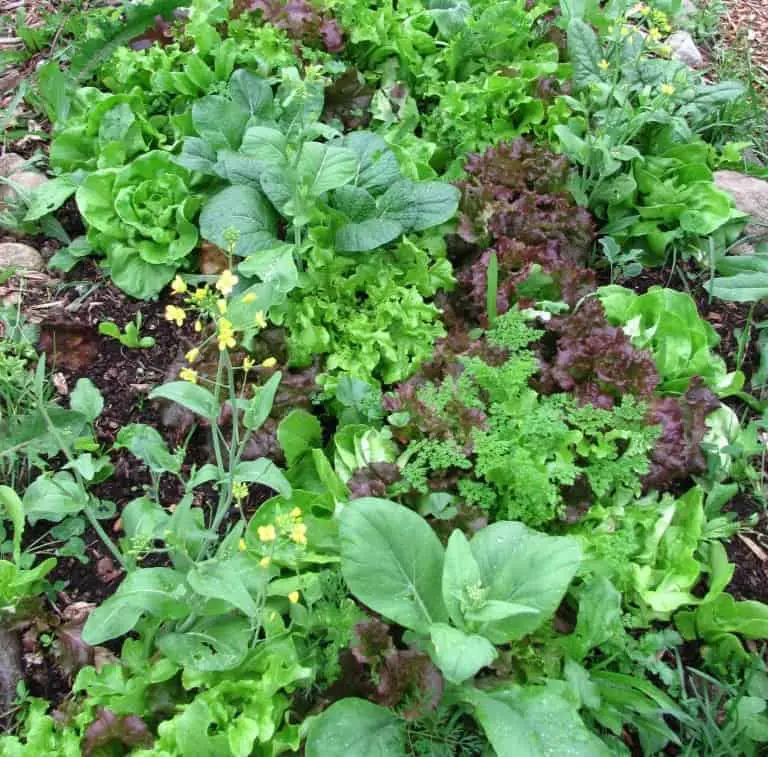
Polyculture gardening is great for reducing the need to spend all your time weeding your garden.
Polyculture garden beds copy nature by having a diverse array of crops all growing closely together. You time your sowing so that you can harvest fast growing crops, then fill in the space with a new seed or seedling before the weeds grow. The plants grow closely together so you don’t have exposed soil and weeds can’t germinate because of reduced light.
You use a lot of companion planting with polyculture beds to create mini plant guilds.
No Dig Permaculture Gardening
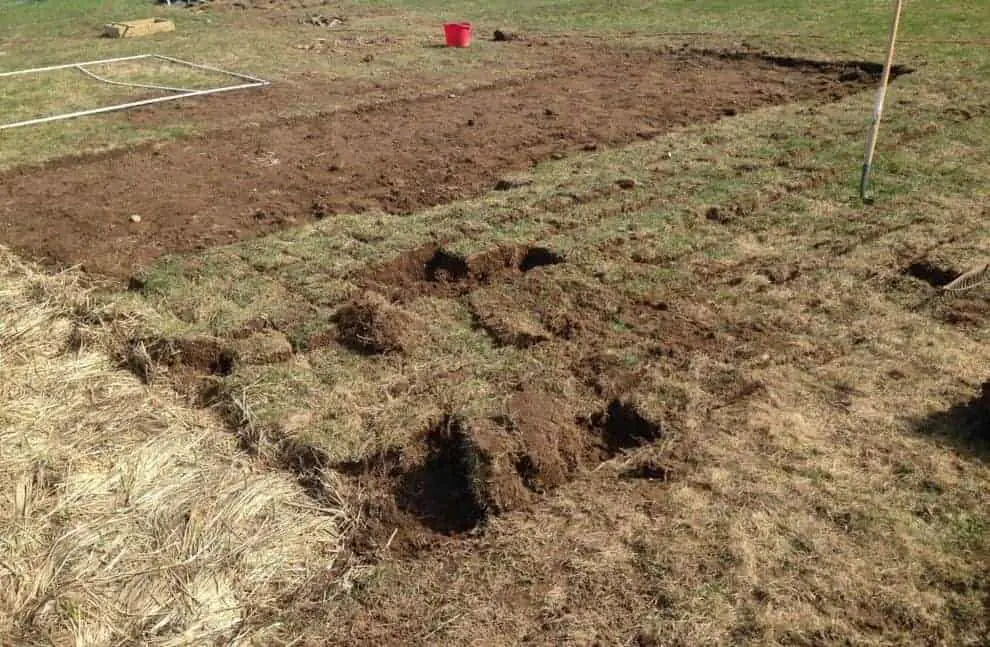
We’ve made the mistake of painful hours digging out grass.
That’s a lot of work not really needed. You’ll rarely have fantastic soil under your grass so you’re better to build above the grass and use sheet mulching/lasagna gardening instead.
Sheet Mulching for a Permaculture Garden
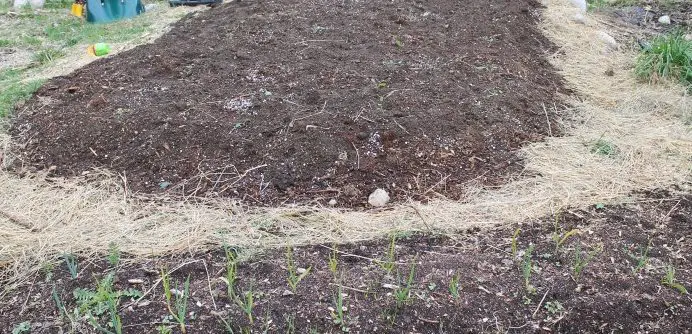
You lay cardboard over your grass and then add layers of compost, soil, decomposed manure, browns and greens etc. to build up your soil.
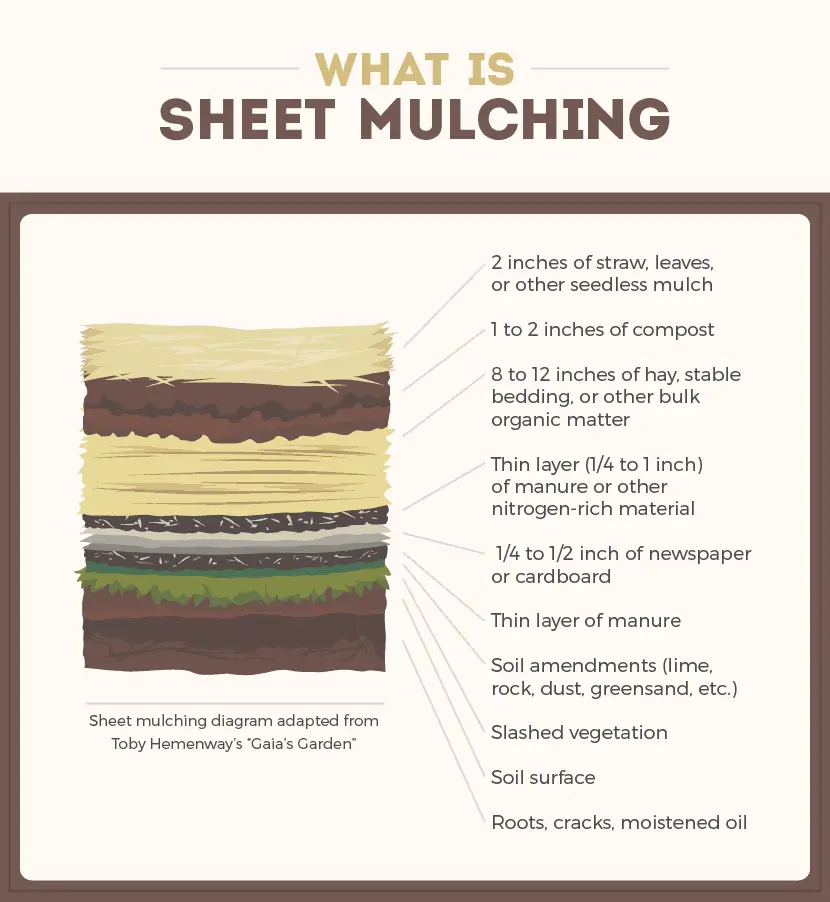
Permaculture Biodiversity for Pest Control
One beneficial aspect of permaculture gardening is to increase biodiversity. Why is this important? If you increase biodiversity you can increase the natural predators of your pests to reduce your yield loss.
Basically you’re letting nature do a lot of your pest control for you.
We’ve encouraged snakes in our garden to eat all the crickets and meadow voles that consume our crops.
By allowing them a place to live and be, the snakes have reduced our crop damage by 80%.
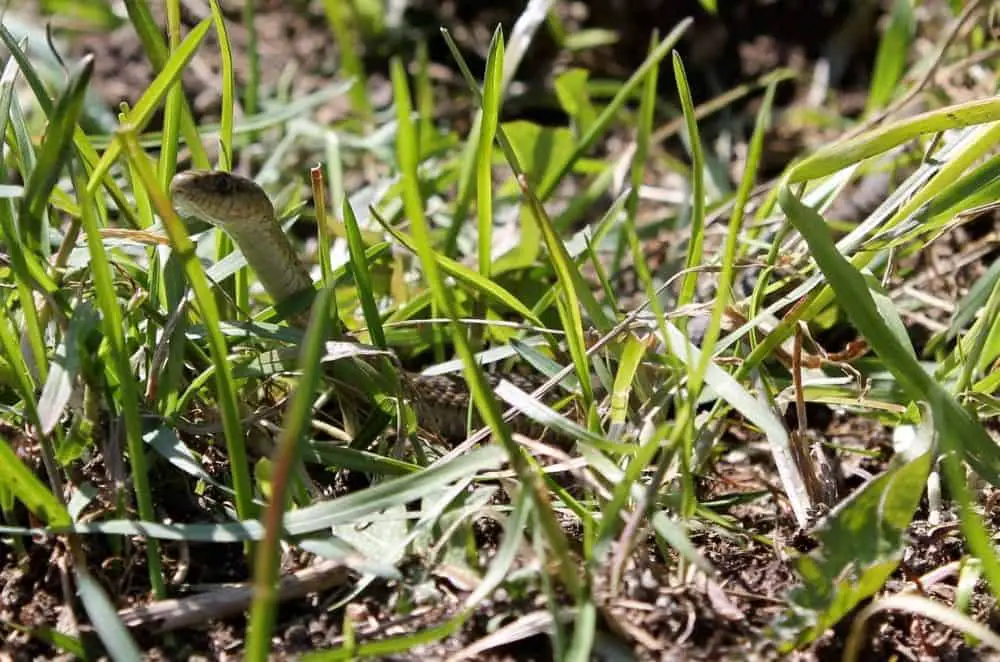
You can also grow certain plants that attract and increase the natural predators.
There is a great book called ‘Good Bug, Bad Bug‘ to learn the difference of your garden bugs and the benefits of natural organic pest control. Growing the ‘umbelliferous plants’ that have large frilly leaves like carrots, parsley, celery, dill, and more to help attract more ladybugs to get rid of aphids.
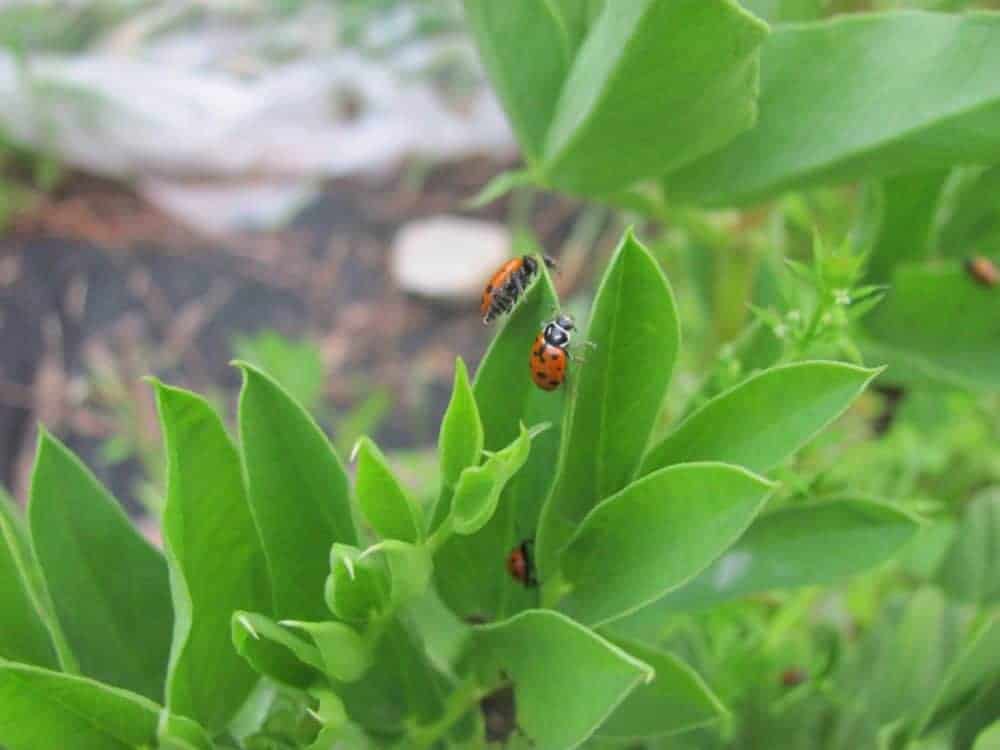
Permaculture Mulching
Mulching your garden beds or rows helps to suppress weeds, reduce the need for watering and builds up your soil. We’ve used a lot of different garden mulches in our garden beds and they’ve all worked really well.
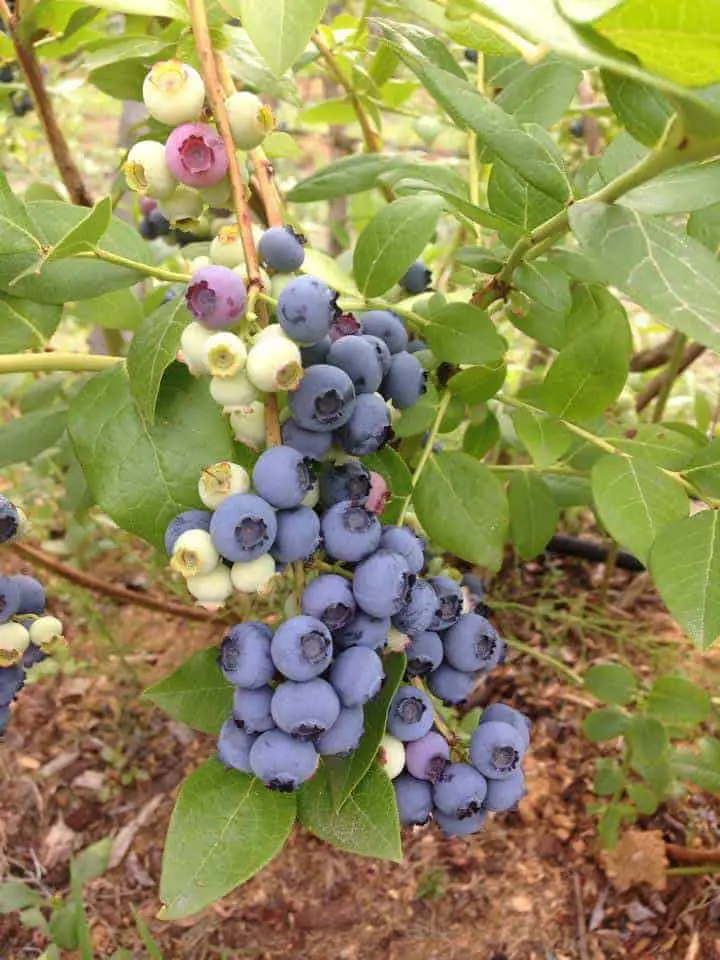
Permaculture Food Forests
One of my favorite permaculture design principles is creating food forests. Food forests are a guild of different plants of different height that all work together to create a working ecosystem that you get to harvest from. There are some fantastic permaculture books that go into details of creating food forests:
When we moved to our new acreage our goal was to create a couple food forests that the chickens could also be rotated in. I can’t wait to show you the process of how we convert our flat grass into thriving plant guilds & food forests!
Urban Forest shows you food forest design
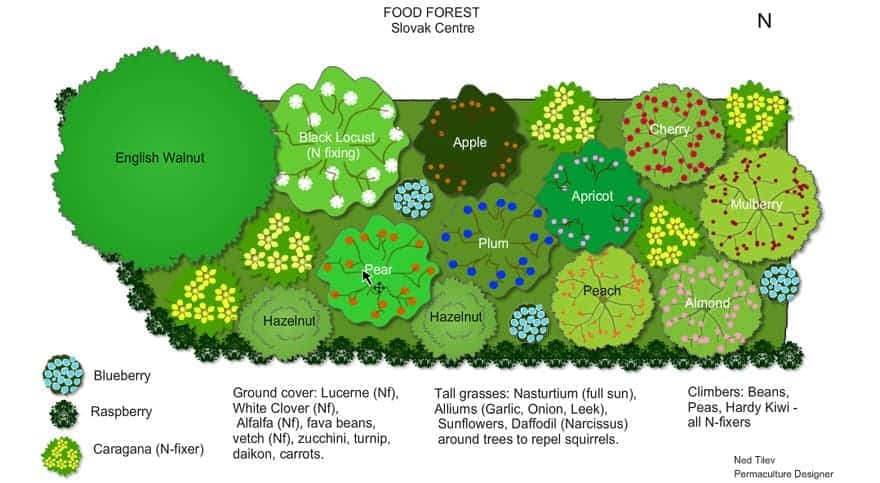

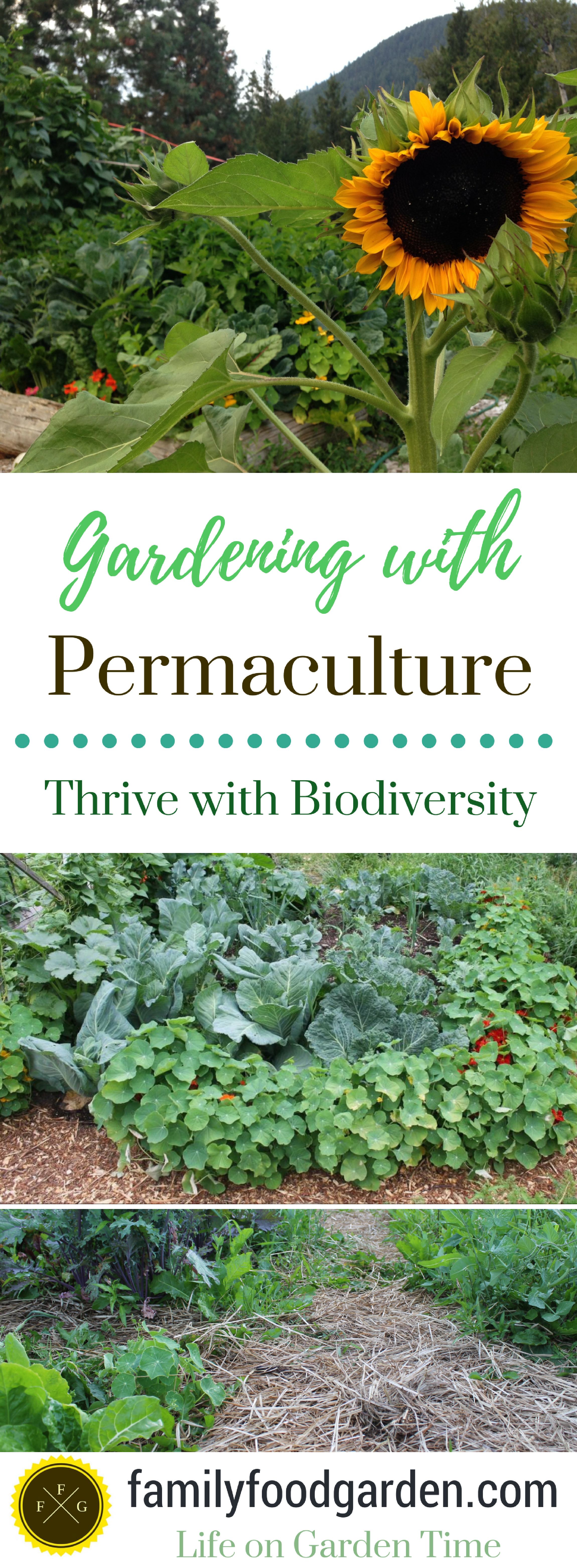
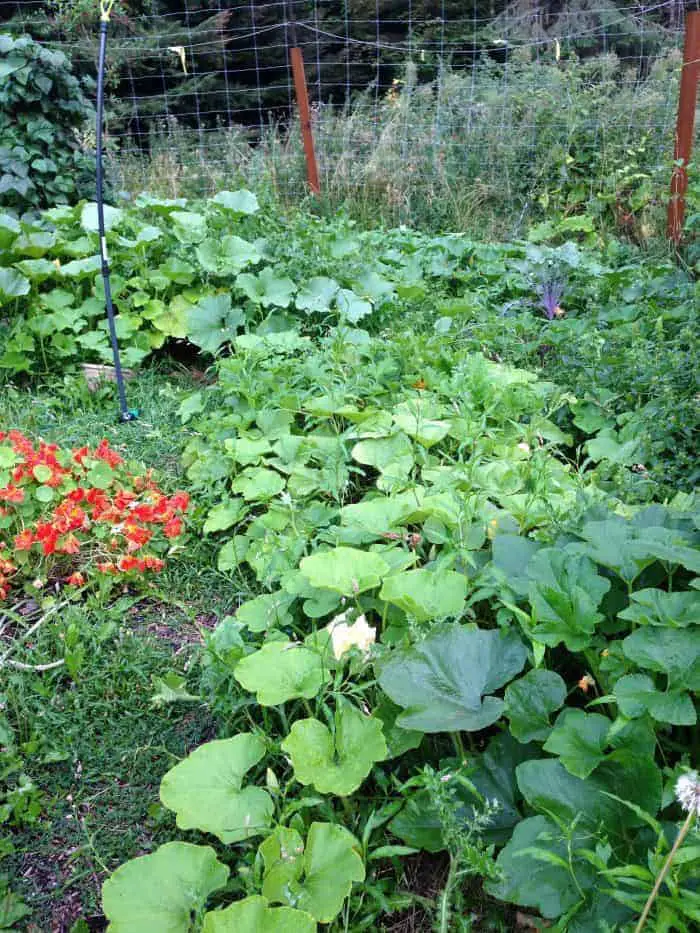
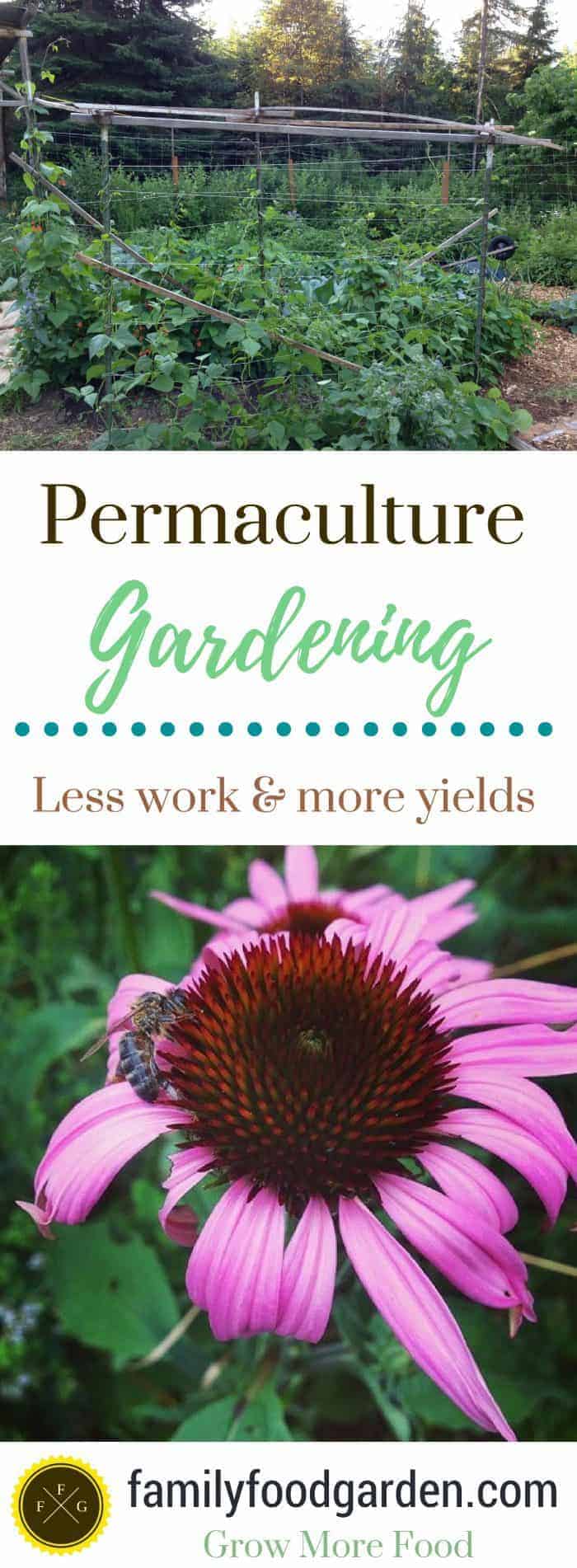
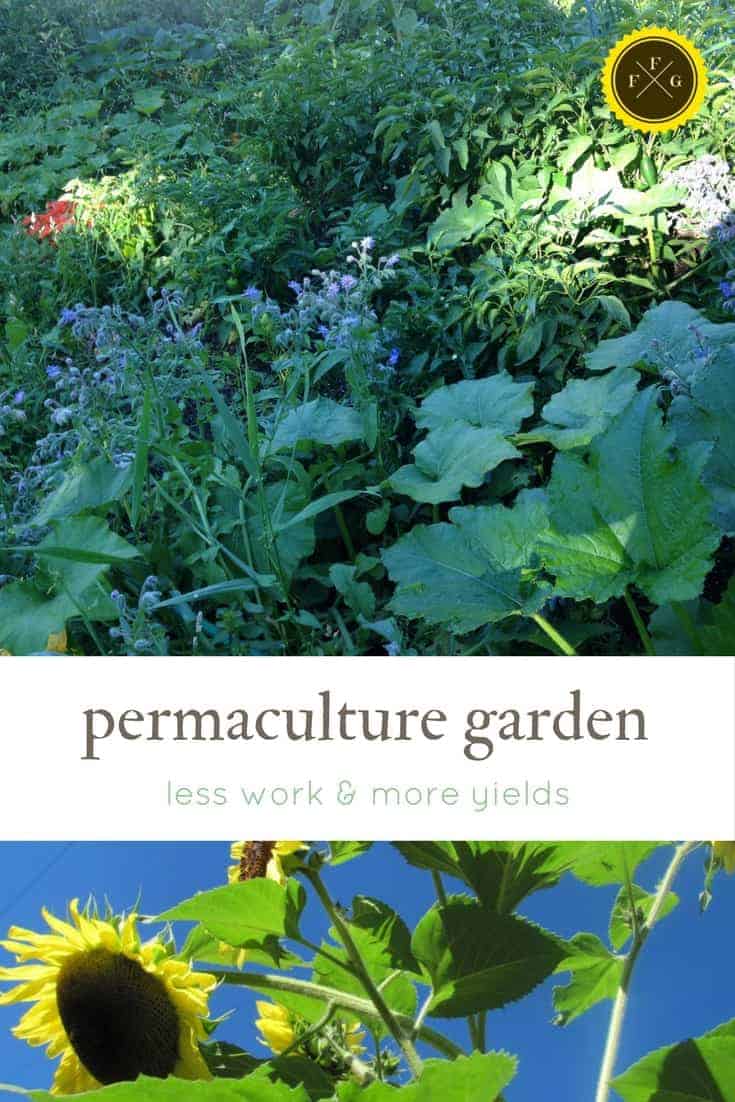

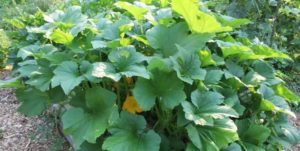
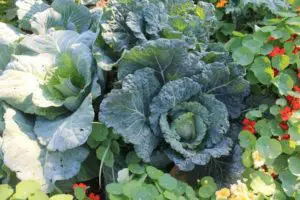
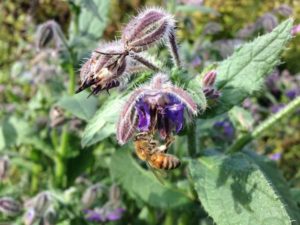
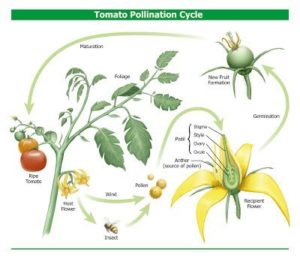
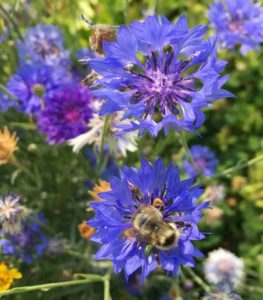
The post is sure very complete, and I love it! And all the links are really helpful too =)
Thank you Kelly 🙂
Why not plant into the grass rather than killing it?
because the soil the grass is in is typically not great
I have a couple of questions! Do the Blueberries and Raspberries contribute in any way as a NF or mulcher etc. ??? And where on your diagram did you plant all the other things you listed??? I am such a visual learner. I need it all spelled out!